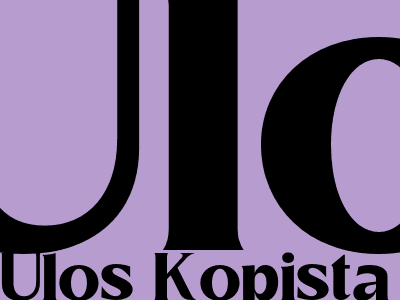
Ulos Kopista: A Cultural Heritage from Tanah Batak
An Introduction to Ulos Kopista
Ulos Kopista is a traditional woven fabric that holds significant cultural and historical importance in the Batak community of North Sumatra, Indonesia. Known for its intricate designs and vibrant colors, Ulos Kopista has been passed down through generations and continues to play a vital role in Batak ceremonies and cultural practices.
The Symbolism of Ulos Kopista
Social Status and Identity
Ulos Kopista carries deep social and cultural significance within the Batak community. Different patterns and colors represent specific clans, family lineage, and social status. By wearing Ulos Kopista, individuals express their identity and connection to their ancestors.
Ceremonial Significance
Ulos Kopista is an indispensable part of Batak ceremonies, such as weddings, funerals, and traditional rituals. It is used as a sacred cloth to bless individuals, symbolize unity, and honor ancestors. The fabric's intricate designs are believed to convey prayers and wishes for the wearer's well-being.
The Weaving Process
Traditional Techniques
Ulos Kopista is traditionally woven using a backstrap loom, a technique that has been passed down through generations. The warp threads are set up on the loom, and the weft threads are passed through them to create the intricate patterns and colors. The process requires immense skill and patience, and each Ulos Kopista can take weeks or even months to complete.
Natural Dyes and Materials
Traditionally, natural dyes derived from plants and minerals were used to color the threads used in Ulos Kopista. These dyes gave the fabric its vibrant and distinctive hues. Nowadays, synthetic dyes are also used, but traditional dyes remain highly valued for their cultural significance and environmental friendliness.
Preserving the Cultural Heritage
Government Recognition
Recognizing its cultural importance, the Indonesian government has designated Ulos Kopista as a National Cultural Heritage. This designation aims to protect and preserve the traditional weaving techniques and cultural practices associated with Ulos Kopista.
Community Efforts
Local communities and organizations are also actively involved in preserving the Ulos Kopista tradition. They organize workshops and training programs to pass on the weaving skills to younger generations. By doing so, they ensure that this cultural heritage continues to thrive and be appreciated for generations to come.